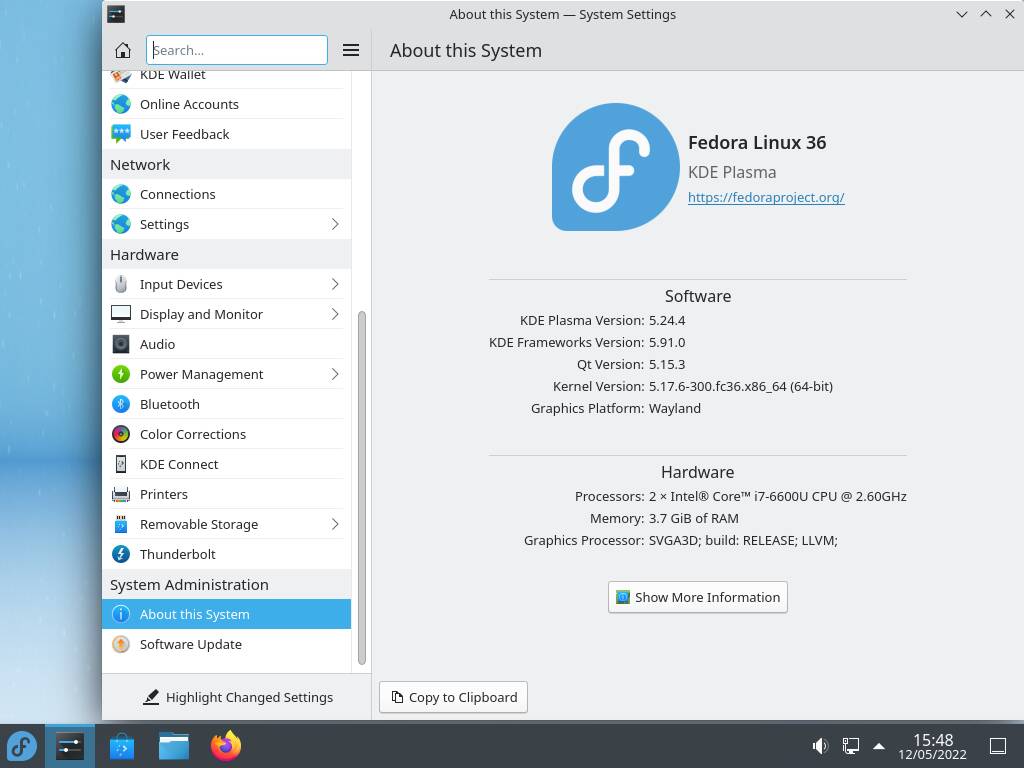
Fedora is not as user friendly as openSUSE. It is comparable to Fedora but probably a little easier than Fedora. openSUSE contains all the stable packages with a release cycle of about eight months which is followed orthodoxly. It is one of the best distros, thanks to its unique configuration and installation tool, YaST, which is an outstanding element of the SUSE-verse and perhaps the easiest one to use in the Linux ecosystem.
#FEDORA SERVER VS WORKSTATION SOFTWARE#
– With a wide selection of software for PCs, openSUSE makes for a great option for beginners.
#FEDORA SERVER VS WORKSTATION FREE#
openSUSE also includes a lot of free software, but it’s a bit conservative than Fedora. However, the only difference is that Fedora uses Gnome as its default desktop environment, while openSUSE uses KDE.

Both are like a test playground for new ideas and technologies, and both has a strict policy of using only open and free software in their official repositories. – Similar to Fedora, openSUSE is the community version of SUSE’s commercial distro guided by a common open-source philosophy that focuses on innovative community infrastructure, and stability and flexibility.

openSUSE, on the other hand, is a potential alternative to Red Hat and an open distro developed by the community-driven openSUSE Project and sponsored by SUSE Linux and a couple of other companies. It’s a general-purpose operating system built over the Linux OS kernel architecture which serves as a source of software innovations RHEL releases. Red Hat owns Fedora trademarks and makes legal decisions for Fedora based on its own legal counsel. – Fedora is a community-supported open-source project sponsored and directed by Red Hat, Inc. As a result, SUSE became an independent company with its headquarters in Germany. In 2011, Novell was acquired by The Attachmate Group which merged with the British firm Micro Focus in 2014, splitting SUSE into two autonomous companies. openSUSE was released in 2005 after Novell – a Utah-based major corporation that is marketing Linux in the enterprise market – purchased SUSE Linux in 2003. Like Fedora, openSUSE is guided by a common open-source philosophy focused on stability and flexibility.

OpenSUSE, formerly SUSE Linux, is a free, community-driven Linux system sponsored by SUSE Linux along with other companies. At that time, Red Hat split its Red Hat Linux distribution two ways – Fedora Core (now called Fedora) and Red Hat Enterprise Linux (RHEL).

The roots of Fedora come from Red Hat Linux, which ended its development life under that name in 2003. It is a general-purpose operating system built over the Linux OS kernel architecture which serves as a source of software innovations RHEL releases. We pit the two distros against each other to see which one’s better on the basis of how well they perform and how stable they are.įedora is a community-supported open-source project sponsored and directed by Red Hat – the world’s second biggest Linux contributor. While Fedora is upstream for Red Hat Enterprise Linux (RHEL) and the big daddy of the RPM family, openSUSE is a popular community-supported program sponsored by SUSE Linux and other companies. That being said, Fedora and openSUSE are the two leading and popular Linux distros available. The Linux experience can be radically different from one distro to another. This makes choosing the right one for your needs all the more important. Some are generalized distros that can be used as a desktop, server, or workstation while others are specially tailored for businesses or computer enthusiasts. This is because there is not just any one unique Linux distro in fact, there are too many, perhaps a few hundred, Linux distros available out there. The decision making process to choosing the right Linux distro is very crucial.


 0 kommentar(er)
0 kommentar(er)
